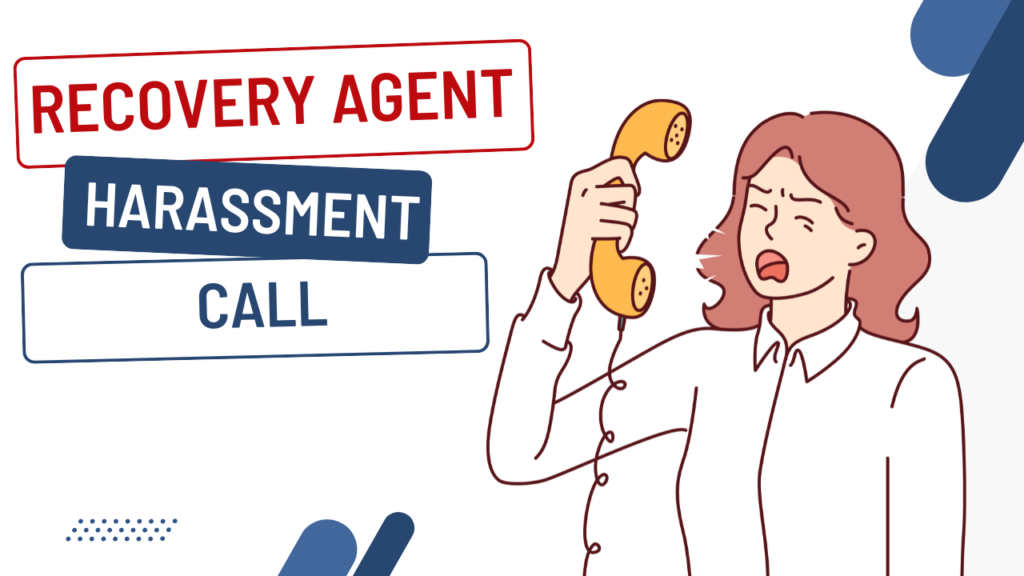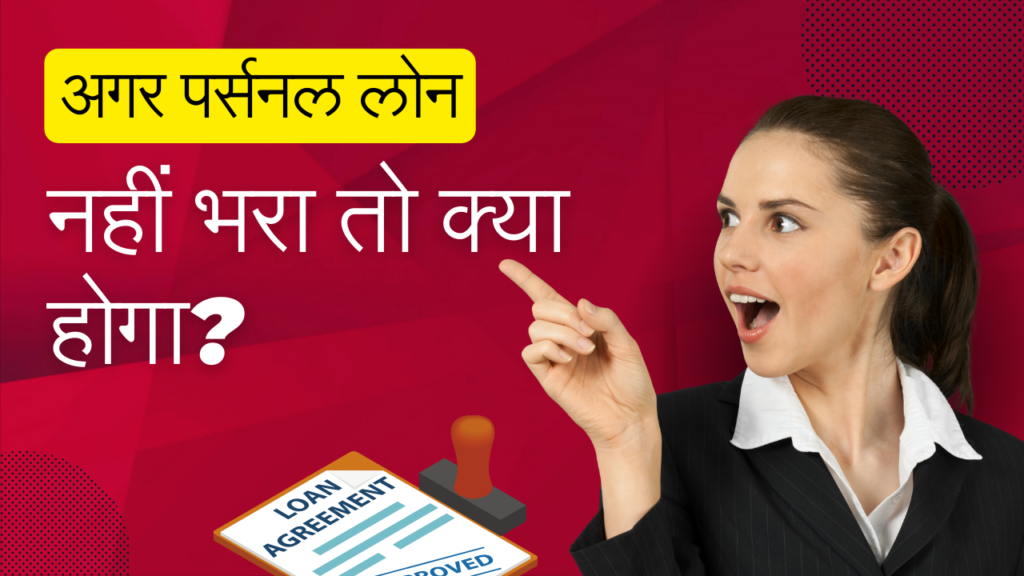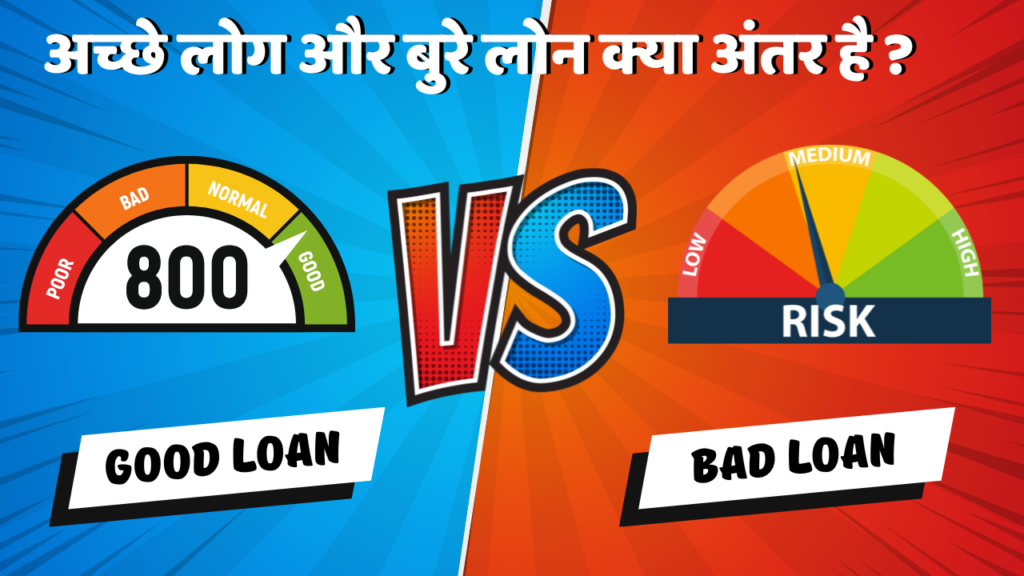Running a business comes with financial challenges, and taking out a business loan is a common way to fuel growth, manage operational costs, or handle unexpected expenses. However, unforeseen circumstances like market slowdowns, declining revenues, or increased competition can make repaying the loan difficult. If you are unable to meet the repayment obligations of your IDFC First Bank Business Loan, settling the loan could be a viable option to ease the financial burden. In this guide, we will explore the steps and strategies to settle an IDFC First Bank Business Loan, the impact it may have on your credit score, and alternatives to settlement.
What is a Business Loan Settlement?
A business loan settlement refers to an arrangement between a borrower and the lender where the borrower, facing financial hardship, negotiates with the bank to pay off a portion of the loan as a one-time settlement. The remaining loan balance is waived, and the loan is considered closed. While this helps the borrower reduce the debt burden, it also impacts their credit rating and borrowing potential in the future.
When Should You Consider a Loan Settlement?
You should consider settling your IDFC First Bank Business Loan under these circumstances:
- Severe Financial Hardship: Your business is not generating enough revenue to keep up with loan repayments.
- Defaulting on Payments: You’ve missed several payments, and penalties and interest have accumulated, making repayment more difficult.
- Recovery Action: The bank has initiated recovery procedures or legal action due to unpaid dues.
- Unmanageable Multiple Loans: If you are juggling several loans and are unable to repay any of them effectively.
Settling should be considered a last resort since it affects your credit score and future loan applications.
Step-by-Step Process to Settle IDFC First Bank Business Loan
Step 1: Evaluate Your Financial Condition
Before approaching the bank, assess your current financial standing:
- Calculate Outstanding Debt: Determine the total outstanding loan amount, including penalties, interest, and principal.
- Cash Flow Analysis: Check how much liquid cash your business can offer as a one-time settlement.
- Available Resources: Identify other assets that can be used to raise the settlement amount if needed.
Understanding your financial capacity will help in negotiations with the bank.
Step 2: Contact IDFC First Bank for Settlement
Once you’ve assessed your financial situation, the next step is to approach IDFC First Bank for settlement discussions:
- Reach Out to the Recovery Department: IDFC First Bank has a loan recovery team responsible for handling settlement requests. You can visit the bank branch or contact them via email or phone.
- Submit a Settlement Request: Write a formal letter explaining your financial struggles and request a settlement. Attach financial documents, such as balance sheets, income statements, and bank records, to support your case.
- Wait for Their Response: The bank will review your case, and if they find it reasonable, they may initiate negotiations.
Step 3: Negotiate the Settlement Amount
The negotiation stage is critical and requires transparency and clear communication:
- Ask for a Reduction on Penalties and Interest: During negotiations, request a reduction or waiver of accumulated penalties and interest.
- Propose a Lump-Sum Payment: Propose an amount you can afford to pay as a one-time settlement. Typically, banks settle for 50% to 80% of the total outstanding amount.
- Prepare for Counteroffers: Be ready to negotiate the amount further based on the bank’s initial offer. Keep in mind that the bank’s goal is to recover as much of the outstanding amount as possible, so offering a reasonable amount may lead to quicker approval.
Step 4: Obtain a Written Agreement
After successful negotiations, get everything in writing:
- Settlement Agreement: Ensure that the settlement terms, including the exact amount to be paid and the loan closure conditions, are documented.
- Clear Conditions: Verify the details about how the settlement will be reported to credit bureaus and how it will reflect on your credit report.
A written agreement safeguards you from any future disputes and ensures the closure process is transparent.
Step 5: Make the Final Payment and Close the Loan
Once the settlement amount is finalised, make the payment as agreed upon:
- Get a No-Dues Certificate: After making the lump-sum payment, request a No-Dues Certificate from IDFC First Bank. This document confirms that no further payments are due.
- Ensure Credit Report Update: Follow up with the bank to ensure that they update the loan status as “settled” in your credit report.
The No-Dues Certificate is essential for future reference and ensures that the bank has no further claims on your loan.
Impact of Loan Settlement on Your Credit Score
While settling a business loan provides immediate financial relief, it does have a negative impact on your credit score:
- Credit Report Status: After settlement, your loan will be marked as “settled” rather than “paid in full,” indicating to future lenders that you did not repay the entire loan.
- Score Reduction: A settled loan often causes a drop in credit score, making it harder to secure future loans at favourable rates.
- Seven-Year Record: Loan settlements remain on your credit report for up to seven years, affecting your ability to get new loans during this period.
Alternative Options to Loan Settlement
Before opting for a settlement, consider exploring other solutions to manage your loan repayment:
Loan Restructuring
Request IDFC First Bank to restructure your loan by extending the tenure or reducing the interest rate, making it easier for you to make smaller payments over a longer period.
Refinancing the Loan
Refinancing allows you to transfer the loan to another financial institution that may offer better terms, such as a lower interest rate or more flexible repayment terms.
Partial Payments
If you are unable to make full payments but can manage partial payments, negotiate with the bank to accept smaller, more manageable instalments until the loan is repaid.
Factors to Consider Before Settling
- Credit Impact: Be aware of how settling your loan will affect your credit score and future borrowing potential.
- Lump-Sum Payment: Ensure that you have enough funds available to make the one-time settlement payment.
- Seek Professional Advice: Consult with a financial advisor to evaluate whether settlement is the best option for your business.
Conclusion
Settling your IDFC First Bank Business Loan is a viable option if your business is struggling to meet its repayment obligations. However, it’s important to understand the long-term implications, especially the negative impact on your credit score. The process requires thorough financial evaluation, negotiation with the bank, and a clear understanding of the settlement terms.
Make sure to explore alternative options such as loan restructuring or refinancing before opting for settlement. If settlement is the best choice, follow the steps outlined: assess your finances, negotiate with the bank, secure a written agreement, and obtain a No-Dues Certificate after payment. This approach will help you manage the settlement process effectively and minimize the financial strain on your business.
Frequently Asked Questions (FAQ’s)
Ans: Yes, it’s possible to negotiate a settlement before defaulting, but banks usually consider settlement when borrowers have already missed payments or are under financial distress.
Ans: The settlement amount varies but is typically around 50% to 80% of the total outstanding loan balance.
Ans: Settling a loan negatively affects your credit score and may result in difficulty securing loans or credit on favourable terms for the next seven years.
Ans: If the bank does not accept your settlement request, you may explore other options like loan restructuring or refinancing to manage your repayment obligations.
Ans: Yes, the loan settlement will be reported to credit bureaus and reflected on your credit report as “settled” rather than “paid in full.”













